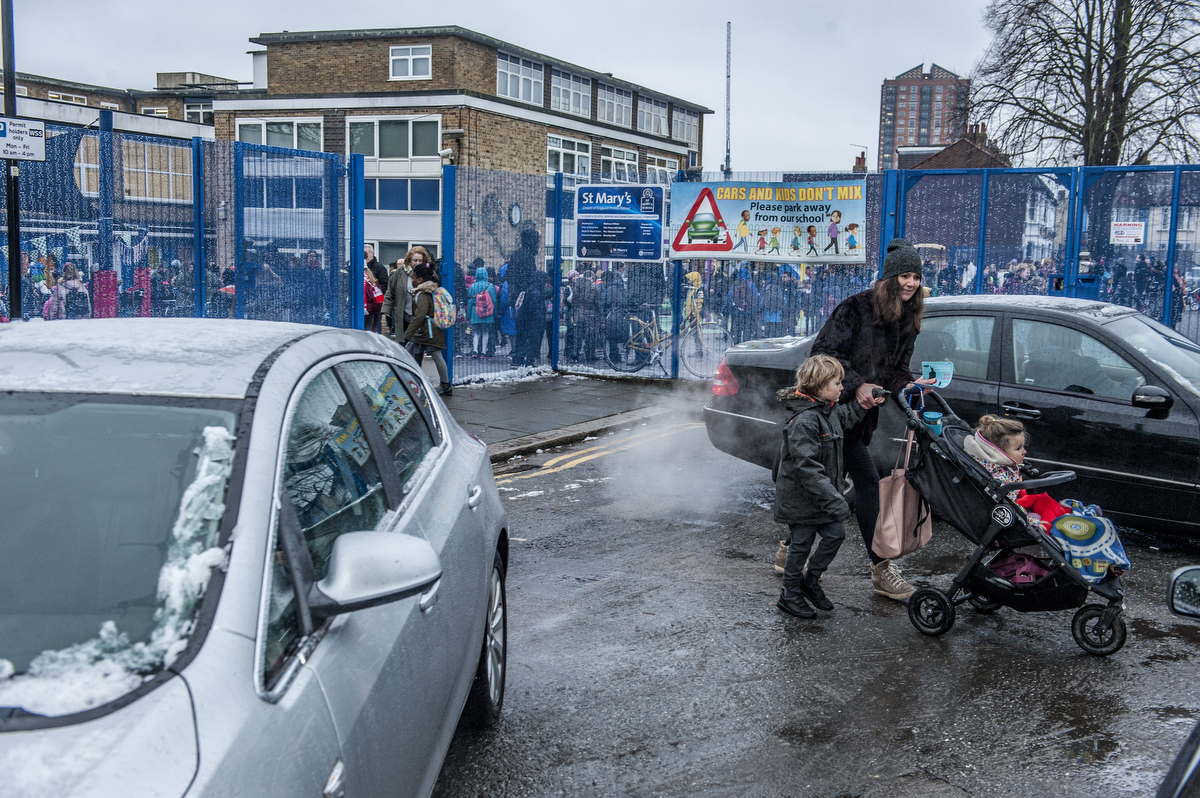- Switching to electric vehicles, in combination with clean power sources, would prevent millions of illnesses among children, according to the American Lung Association (CNN). But the transition hasn't been easy, and probably won't be until EVs become more cost-competitive (Wired).
- Street grids are making a comeback after generations of planning that isolated people in favor of moving cars (The Atlantic). For example, in Cincinnati a grassroots group led by two former mayors wants to create a new street grid in conjunction with the Brent Spencer Bridge reconstruction to avoid past urban planning mistakes that divided Black neighborhoods. (BNN)
- Seven of the 10 most dangerous communities for biking in the U.S. are in Florida, according to a law firm's analysis of National Highway Traffic Safety Administration data. (The Guardian)
- Amtrak is proposing two new routes in the Pacific Northwest, one running from Seattle to Denver and the other from Seattle to Chicago. (The Urbanist)
- A commuter group is calling for the Chicago Transit Administration's director to be fired due to the increasing unreliability of service. (Chicago Magazine)
- The Maryland Transit Administration received a $213 million federal grant to buy 52 new light rail cars. (CBS News)
- The Atlanta city council outlawed right turns on red, but only in certain neighborhoods. (Georgia Public Broadcasting)
- Speeding drivers keep crashing into buildings on Cincinnati's Virginia Avenue, leading residents to call on the city to do something about it. (WCPO)
- WTKR delves into Norfolk's Vision Zero plan as part of a series on rising pedestrian deaths.
- A new Bike Walk Macon report highlights the Georgia city's initiative to close streets to cars at times to allow children to play. (41 NBC)
- Athens, Georgia, has a new plan to slow down drivers and prevent rising traffic deaths. (Flagpole)
- An Albany, New York startup is developing public e-bike and scooter chargers for bikeshares. (Times Union)
Today's Headlines
Thursday’s Headlines Breathe Freely
If every driver started buying electric vehicles powered by clean energy, it would prevent millions of respiratory illnesses. But the market has slowed down significantly.

Are the people in this photo inherently “vulnerable”, or are the cars inherently dangerous?
|Nick CunardStay in touch
Sign up for our free newsletter
More from Streetsblog USA
Streetsblog Joins Campaign for Public Financing of Non-Profit Media
New York provides tax credits to for-profit newsrooms. Now, non-profit digital outlets, public broadcasters and public access channels are seeking equal treatment. Doing so would strengthen our democracy.
Opinion: Why Urbanists Should Support Plant-Forward Policies
Your plate is political, just like your choice to pedal instead of drive. And often, transportation and food politics have powerful intersections.
Thursday’s Headlines: Merry Christmas Edition
We're off today, and we wish you a very Merry Christmas!
Don’t Believe the Hype: NJ Turnpike Widening Still Happening
Gov. Murphy's late revision will just move the problem around, advocates say.
Opinion: Can AI Help Stop Car Crashes Before They Happen?
Proactive safety planning can save more lives than waiting until after crashes kill. But what's the proper role of technology in identifying future hot spots?
Wednesday’s Headlines Have a Clean Background
Uber isn't doing everything it can to keep violent felons out of the driver's seat, according to the New York Times.





